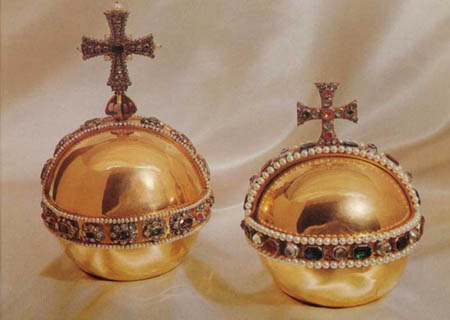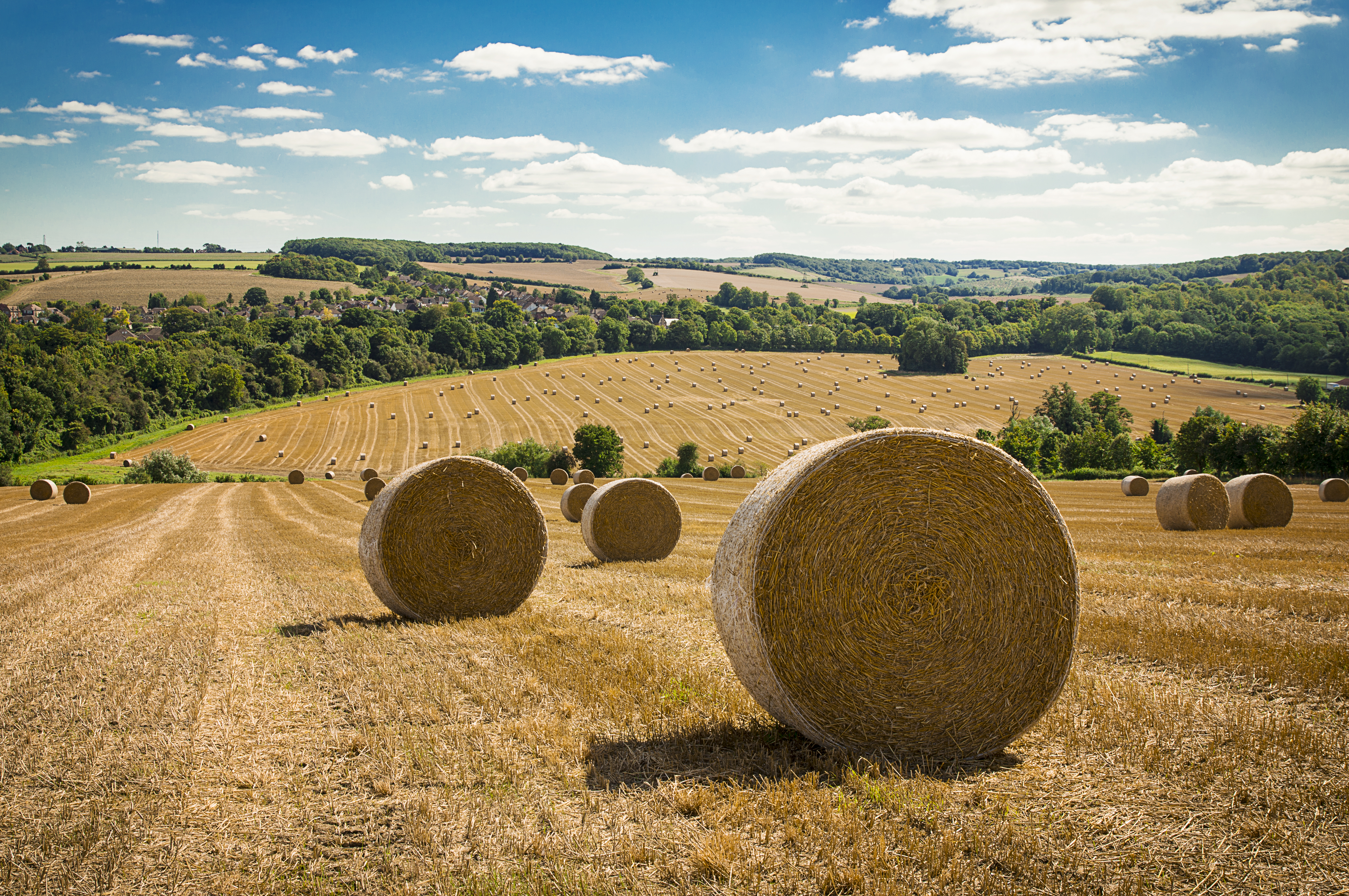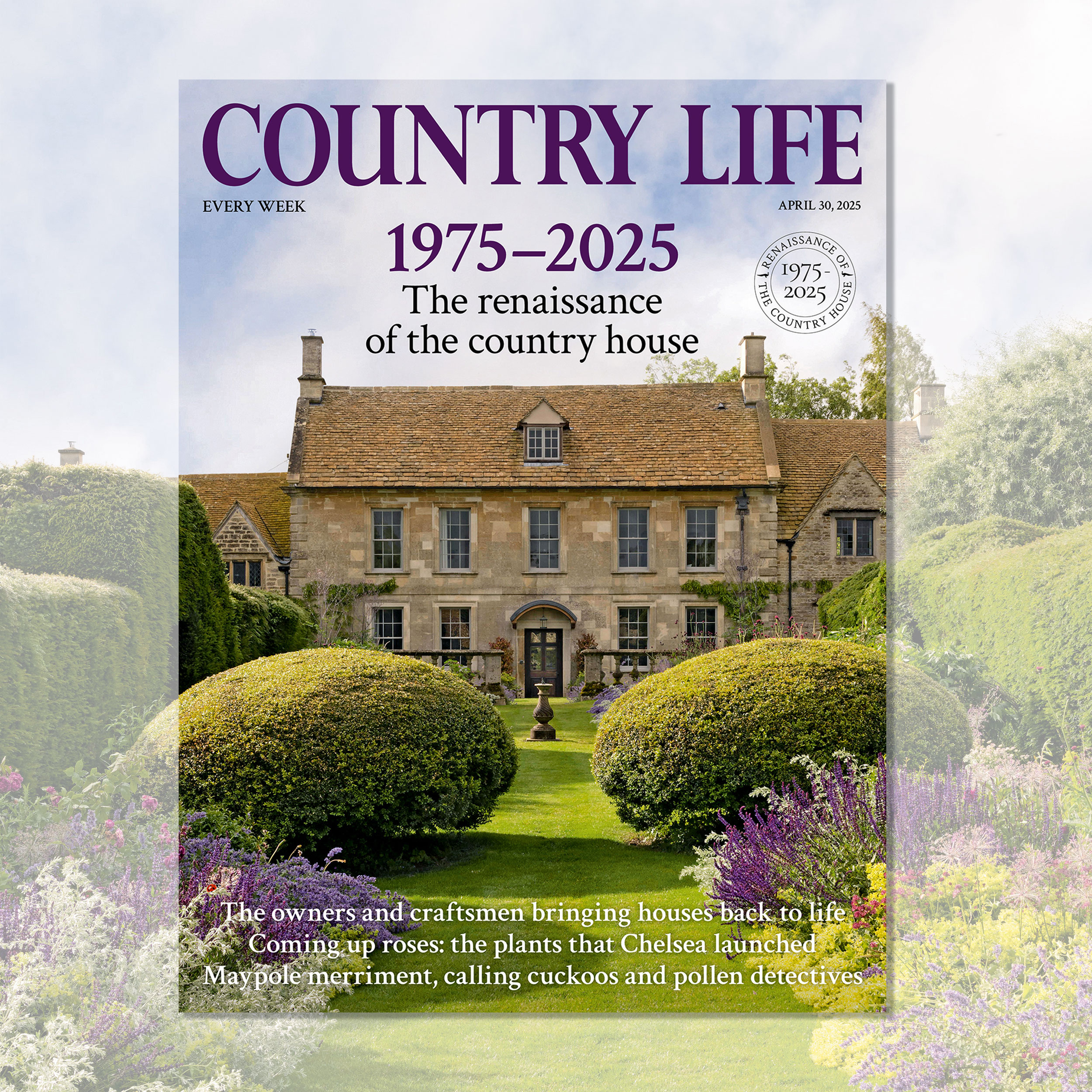The history of the Crown Jewels
Anna Keay explains how the Crown Jewels were commissioned by Charles II on his restoration to the throne 350 years ago


One of the most poignant moments of the English Revolution came in the autumn of 1649 when, without fuss or protest, the English regalia was destroyed. Among these extraordinary objects, assembled over half a millennium, were the two sovereign's crowns: ‘St Edward's' crown, placed on the royal head in the act of coronation, and the priceless Tudor state crown worn by the king on all other formal occasions.
In the hands of the commissioners of the Republic, the stones were broken from their settings and sold to the highest bidder, and the ancient gold was crumpled into the melting points of the Mint. It would re-emerge as coinage, soon to be jangling in the pockets of the soldiers of the New Model Army.
The extent of this destruction part of an attempt to annihilate the very notion of monarchy meant that, come the Restor-ation of 1660, Charles II was faced with an empty jewel house. As a consequence, an entirely new collection of regalia was required for his Coronation a collection that forms the core of the Crown Jewels still at the Tower of London today and last used in full for the Coronation of Elizabeth II in 1953.
Central to this attempt, unique in English history, to create a completely new collection of regalia, was Sir Edward Walker, the senior herald of the College of Arms. A long-standing figure of the early Stuart Court, Walker had served Charles II in exile in the 1650s, irritating everyone with his pedantry, prickliness and penchant for protocol. As Edward Hyde, later Earl of Clarendon, wrote to a colleague: ‘Why should you wonder that a herald who is naturally made up of embroidery, should adorn his own services?'
Although Walker's talents were lost on an outcast Court, he came into his own with the Restoration. A Coronation committee, convened in September 1660, was attended by the 30-year-old Charles II himself. The choice was clear: the new king could either re-create what had been lost, or he could take the opportunity to modernise the Coronation and revise the range of antiquated insignia used to invest a king. His decision was clear and complete: ‘the old records and formularies' were to be examined and a Coronation was to be composed that was a perfect re-creation of those of the past.
Walker followed his master's orders to the letter when he presented his proposals for the new regalia to the committee. As there had been two crowns before 1649, he recommended that there should again be two, ‘one named St Edwards Crowne, & the other an Imperiall Crowne'. In addition to these, Walker listed six further essential elements of regalia: the orb, sceptres, swords, spurs, ring and bracelets-each of which was to be found among the lists of pieces destroyed in 1649.
The commission for making the new regalia was awarded to the powerful city financier Robert Vyner. Although nominally a goldsmith, Vyner was no craftsman, and the pieces were farmed out to workshops across London, whose identities sadly remain unknown. The single bill that Vyner submitted for the 11 principal pieces of regalia was more than £13,000-enough to buy three new fully fitted warships.
Sign up for the Country Life Newsletter
Exquisite houses, the beauty of Nature, and how to get the most from your life, straight to your inbox.
The objects supplied for the 1661 Coronation are a fascinating fusion of old and new. For the most part, they were designed to resemble medieval objects and follow the form of those lost in 1649. The new St Edward's Crown was based on its medieval predecessor in both form and name. The Coronation Chalice was not a spare Elizabethan Communion cup, but in the medieval Gothic tradition, and the Spurs of 1660 had simple medieval spikes rather than the projecting wheels that had been the fashion for centuries. However much the collection made in 1660-61 harked back to the Middle Ages in spirit, the goldsmiths and jewellers who created them also showed off the best of their skills in contemporary design.
The enamelling, for instance, is exquisite and very much of the moment: white enamel forming delicate acanthus-leaf settings for the jewels on the principal pieces, and vibrant greens and reds the emblems of the kingdoms on the Sovereign's Armills.
When Coronation day, April 23, 1661, came, the king must have presented a remarkable figure-a dazzling blend of old and new. The Coronation ornaments were, at a glance, ancient: made of solid gold and archaic in form, but, on closer inspection, adorned with gorgeous modern settings. Edward I's Coronation chair was set out in the Abbey, but comfortably spruced up with a gold cushion and gilt footstool. The king's own clothes were of the first fashion, the finest his Parisian tailors could supply, but on his feet, he wore the prick spurs of a Crusader.
The day of the Coronation was a blur in the memories of most who witnessed it. The bleak, wet weather of the previous week had miraculously abated long enough for the king to be crowned in glorious sunshine, before returning with a spectacular thunderclap and bolt of lightning as he passed out of Westminster Hall. After the rituals, the revels continued well into the night, and many must have felt as Samuel Pepys did when, waking in a pool of his own vomit, he mused that there was little point in ever reopening his eyes, ‘being sure never to see the like again in this world'.
* For more features like this every week, subscribe and save
Country Life is unlike any other magazine: the only glossy weekly on the newsstand and the only magazine that has been guest-edited by HRH The King not once, but twice. It is a celebration of modern rural life and all its diverse joys and pleasures — that was first published in Queen Victoria's Diamond Jubilee year. Our eclectic mixture of witty and informative content — from the most up-to-date property news and commentary and a coveted glimpse inside some of the UK's best houses and gardens, to gardening, the arts and interior design, written by experts in their field — still cannot be found in print or online, anywhere else.
-
 George Monbiot: 'Farmers need stability and security... Instead, they're contending with chaos'
George Monbiot: 'Farmers need stability and security... Instead, they're contending with chaos'The writer, journalist and campaigner George Monbiot joins the Country Life podcast.
By Toby Keel
-
 Country Life 30 April 2025
Country Life 30 April 2025Country Life 30 April 2025 is a glorious celebration of the country house in Britain, and the tale of its renaissance in the last fifty years.
By Country Life